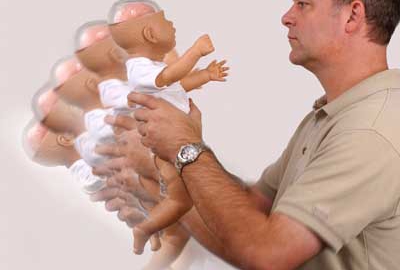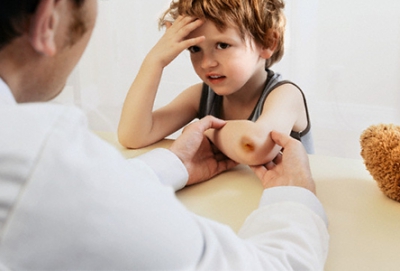When a child is choking, it means that an object — usually food or a toy — is lodged in the trachea (the airway) and is keeping air from flowing normally into or out of the lungs, so the child isn't able to breathe properly.
The trachea is usually protected by a small flap of cartilage called the epiglottis. The trachea and the esophagus share an opening at the back of the throat, and the epiglottis acts like a lid, snapping shut over the trachea each time a person swallows. It allows food to pass down the esophagus and prevents it from going down the trachea.
But every once in a while, the epiglottis doesn't close fast enough and an object can slip into the trachea. This is what happens when something goes "down the wrong pipe."
Most of the time, the food or object only partially blocks the trachea and it's likely that it will be coughed up and that breathing will be restored easily. A child who seems to be choking and coughing but is still able to breathe and talk probably will recover unassisted. It can be uncomfortable and upsetting, but the child is generally fine after a few seconds.
Choking Can Be an Emergency
Sometimes, an object can get into the trachea and completely block the airway. If airflow into and out of the lungs is blocked, and the brain is deprived of oxygen, choking can become a life-threatening emergency.
A child may be choking and need help right away if he or she:
- WhatToDo_button.gifis unable to breathe
- is gasping or wheezing
- is unable to talk, cry, or make noise
- turns blue
- grabs at his or her throat or waves arms
- appears panicked
- becomes limp or unconscious
In those cases, immediately start abdominal thrusts (also known as the Heimlich maneuver), the standard rescue procedure for choking, if you've been trained to do it properly.









